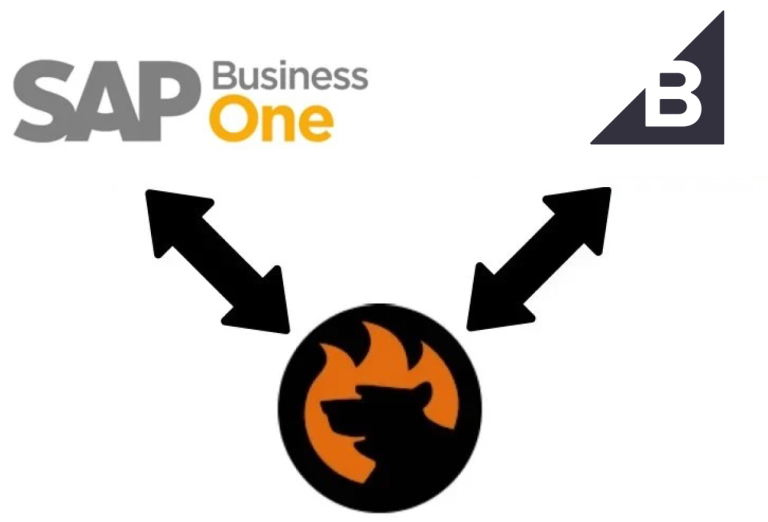
Here’s a media trend: Journalists setting up their own newsletters instead of working for big, established publishers.
Here’s a media trend working in the opposite direction: Big, established publishers with robust business models or big backers — or both — consolidating their power by hoovering up talent.
And here’s a story that can do both: The Atlantic is launching a newsletter offering that wants to bring writers under the Atlantic’s umbrella (and paywall) while letting them stay semi-independent.
The idea, per people familiar, is for the magazine to unveil a roster of newsletter writers — maybe a dozen or so — in the coming weeks. They’ll only be available to Atlantic subscribers. The New York Times has done something similar this year, rolling out subscriber-only letters from writers, including Kara Swisher and Jay Caspian Kang.
One big difference between the Atlantic’s plan and other newsletter distributors is that, in some cases, the Atlantic is recruiting writers who are already in the paid newsletter business. And it wants to convert those writers’ subscribers into Atlantic subscribers.
At least one of those writers, I’ve confirmed, is a writer who currently has set up shop at Substack, the company that kicked off the most recent newsletter boom by making it easy (theoretically) to make money self-publishing.
Here’s the rough outline of what the Atlantic wants to do, via people with knowledge:
- The Atlantic isn’t hiring the writers as full-time employees, but will offer them some sort of base payment with the ability to make additional money if they hit certain subscriber goals. So it’s a much more reliable income source than a paid newsletter — even Casey Newton, a contributing writer for Vox Media’s The Verge, who has been running his own, successful, Substack for the last year, says he sees monthly churn of 3 to 4 percent.
- If the writers are already selling paid subscriptions to their letters, the Atlantic wants to turn those subscriptions into Atlantic subscriptions. That is: If you’re currently paying Provocative But Thinky Takes Guy $5 a month for his work, now that same money will get you that letter, plus any other newsletters the Atlantic publishes, plus the Atlantic itself, which currently sells a digital-only subscription for $50 a year.
- Newsletter writers who join the Atlantic’s program get to keep their existing list of subscribers. So if they decide to bail on the Atlantic, they could start up their business again.
- How much oversight or assistance the letter writers will get from Atlantic editors and staff still sounds like a work in progress. But the thrust is that the writers are supposed to remain editorially independent from the publication; they won’t be edited by Atlantic editors. So what happens if the Atlantic ends up hiring someone the Atlantic decides is too racy/racist/problematic for the Atlantic? Good question!
An Atlantic rep declined to comment.
It’s easy to see the appeal of the program to the Atlantic, led by Editor-in-Chief Jeffrey Goldberg and CEO Nick Thompson. The publication gets a new roster of voices and the possibility of instantly increasing its subscriber numbers. And while more subscribers are always nice, they would be particularly nice for the Atlantic right now, which thrived during the Trump years and the pandemic in particular but, like other publishers, has seen its website traffic slump as Trump and Covid-19 have stopped dominating the news cycle.
And since declining traffic makes it harder to convert new readers into subscribers, anything that brings in new eyeballs — let alone an injection of paying readers — would be welcome. (Here we should note that even though the Atlantic is owned by Laurene Powell Jobs, the billionaire wants the publication, which had a round of layoffs in the early months of the pandemic, to be self-sustaining.)
The pitch to writers is a little more nuanced, with some parts spelled out and other parts more tacit. The obvious one: Come work at an award-winning publication with wide reach, backed by a billionaire. Unstated: Maybe you thought you’d be crushing it once you started up your newsletter business. But maybe you’re not, and maybe you’d like a steady paycheck. Running a solo shop isn’t for everybody.
That said, some newsletter writers who’ve found receptive audiences — primarily via Substack — are making way more money than they ever did at established media companies.
Former New York Times opinion writers and editor Bari Weiss, for instance, tells me she now has 16,500 subscribers to her Substack, Common Sense. Which at $5 per subscriber, per month, means she could be bringing in $890,000 a year, after Substack takes its 10 percent fee. So don’t expect Weiss to show up in the Atlantic’s roster anytime soon.
I asked Substack co-founder Hamish McKenzie what it means if competitors like the Atlantic poach some of his authors. He was gracious about it. “We root for writers even when they’re not Substackers, so we’re glad to see a trend toward more ownership for writers,” McKenzie said in a statement. “We’ve always advocated for writers to have full ownership of their content and audiences, and we applaud every step in this direction.”
McKenzie and his team have clearly contemplated some kind of this platform-jumping: Part of Substack’s pitch is that writers can easily walk away, taking all the content they published and an email list of all their subscribers. And Substack’s success has spurred new competitors, including Facebook and Twitter, both of which can easily outspend Substack if they want to — as I reported in June, Facebook dropped $6 million on the URL for Bulletin, its Substack clone.
But if you’re not a Substack superstar, maybe it doesn’t take a ton of money to woo you from the company: just a steady paycheck and the ability to write for a big group of people. Like people at some regular media companies do.






